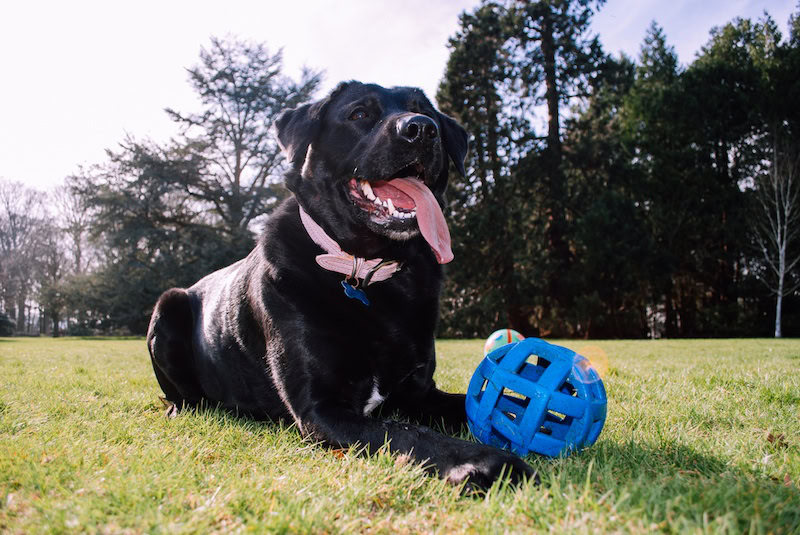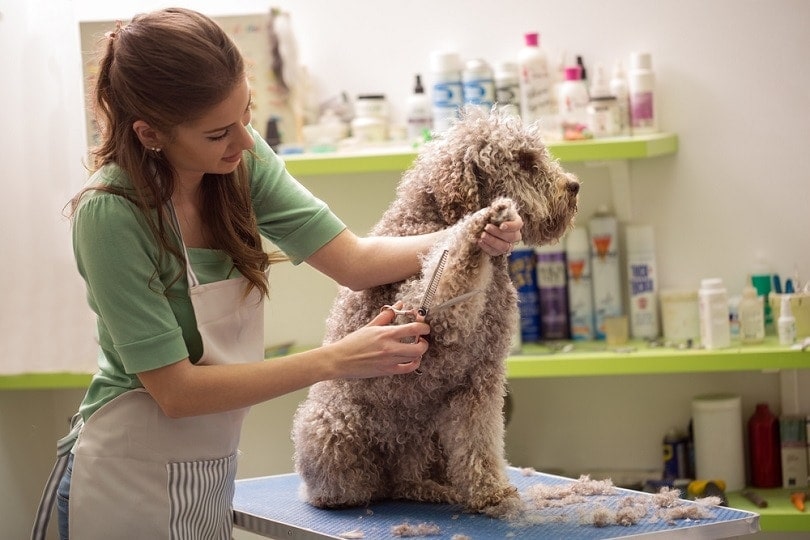White Pitbull: Facts, Origin & History (With Pictures)
Updated on
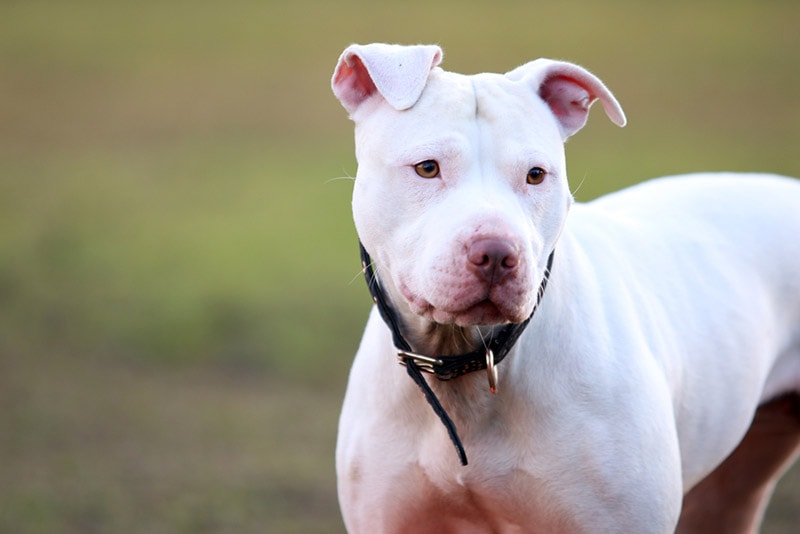
Pitbull is a term meant to describe various bully breeds that descend from bull-baiting dogs. Each of these breeds has a specific prejudice connected to the name, mainly due to their perceived aggressive and hostile nature. While the breed was originally trained for fighting other dogs and rodents, their aggressive nature is not an issue today, especially towards humans. They are one of the most loving, caring, and affectionate dogs that provide unconditional love to their owner. They are amazing with children, and their sweet and gentle nature is filled with tolerance.
Once you learn how adorable White Pitbulls are, you will fall in love with them. If you’ve ever wondered about the White Pitbull and its origin, make sure to read the article below for all the details.
| Height: | 17–19 inches |
| Weight: | 40–70 pounds |
| Lifespan: | 12–16 years |
| Colors: | White with markings in all possible colors |
| Suitable For: | Active families |
| Temperament: | Outgoing, protective, affectionate |
There are many variations of the White Pitbull. You can read more about this breed’s unique coat, but it is essential to note how rare it is to find an entirely pure white Pitbull. White Pitbulls usually have some brown or black spotting across their body. They can have dark or bright blue eyes, depending on their genes. While their appearances vary, their personality is always the same—sweet, safe, powerful, and gentle.
White Pitbull Breed Characteristics
The Earliest Records of the White Pitbull in History
The term “Pitbull” is a blanket term used to describe the four bully breeds1:
These four breed all fall under the same term, “Pitbulls,” which were originally bred on the British Isles as a part of a cruel bull-baiting sport, which is how they got their name2. The sport would include several Bulldogs, which would be trained to harass a bull until the animal collapsed. While this sport was incredibly cruel to both parties, it would only be prohibited in 1835 with the Cruelty to Animals Act.
Since the public needed a new form of entertainment using this particular breed, they created another gruesome sport that would put these dogs in pits and make them compete over which would kill most rats in the least time. This is how the breed got the “pit” part of its name.
The first Pitbull Terrier was created when people wanted this breed to be more agile and quick. They crossed the Pitbull with a Terrier to create a breed that would be used and trained particularly for dog fighting.
How the White Pitbull Gained Popularity
The white coloring of the Pitbull’s coat happened due to a genetic interference with melanin production. The color of the dogs’ fur is determined by two pigments and their presence or lack. A double merle gene causes the cells to stop producing the black pigment when there is a pigment dilution. Dogs with this condition can have a light eye color or a white coat.
The White Pitbull gained popularity quickly because of its unique color and appearance. Because its snowy appearance is so rare and mesmerizing, White Pitbulls are incredibly popular and sought-after. Since these dogs are rare, people find them intriguing, which is why there is a high demand for this type of Pitbull.
Formal Recognition of the White Pitbull
The United Kennel Club was the first registry that recognized the American Pit Bull Terrier in 18983. Although the American Pitbull is a formally recognized breed, the White Pitbull is unfortunately not. The reason behind this is that the breed standard wants to maintain the quality and purity of the breed, and any features outside of the standard are not recognized.
- Albinism
- Merle
- Long coat
- Dwarfism
- Screw tail
- Unilateral or bilateral deafness
- Unilateral or bilateral cryptorchid
- Viciousness or extreme shyness
Since a White Pitbull carries this mutated gene, it is technically not recognized by the United Kennel Club.
Top 5 Unique Facts About the White Pitbull
1. Albinism is not involved.
An all-white Pitbull is caused by albinism.
2. Some of these dogs have heterochromia.
If a dog has the merle gene, which causes the coat to be white in areas or entirely, there is a higher chance of heterochromia (different colored eyes).
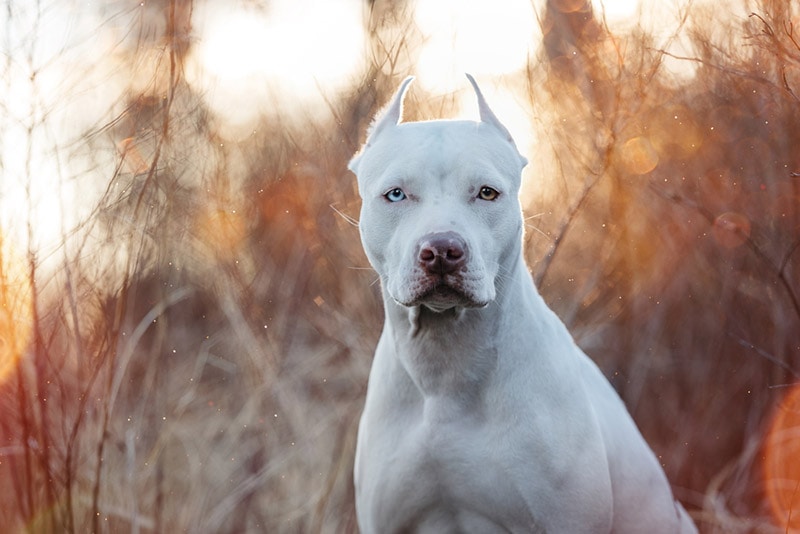
3. White Pitbulls have brighter eyes.
White Pitbulls can have brightly colored eyes, while black, gray, or brown Pitbulls with bright eyes are rare.
4. White Pitbulls are more sensitive to sunlight.
This is due to the light color of their coat.

5. White Pitbulls are pricey.
Since White Pitbulls are rare, they are more expensive than other types of Pitbulls.
Does a White Pitbull Make a Good Pet?
The White Pitbull is an excellent and loving companion that will become emotionally attached to its owners and shower them with unconditional love. This dog is incredibly caring and affectionate, yearning for acceptance and love. It is perfect for large families because it is incredible with children. At one point, Pitbulls were known as “nanny dogs” because they were so protective of children.
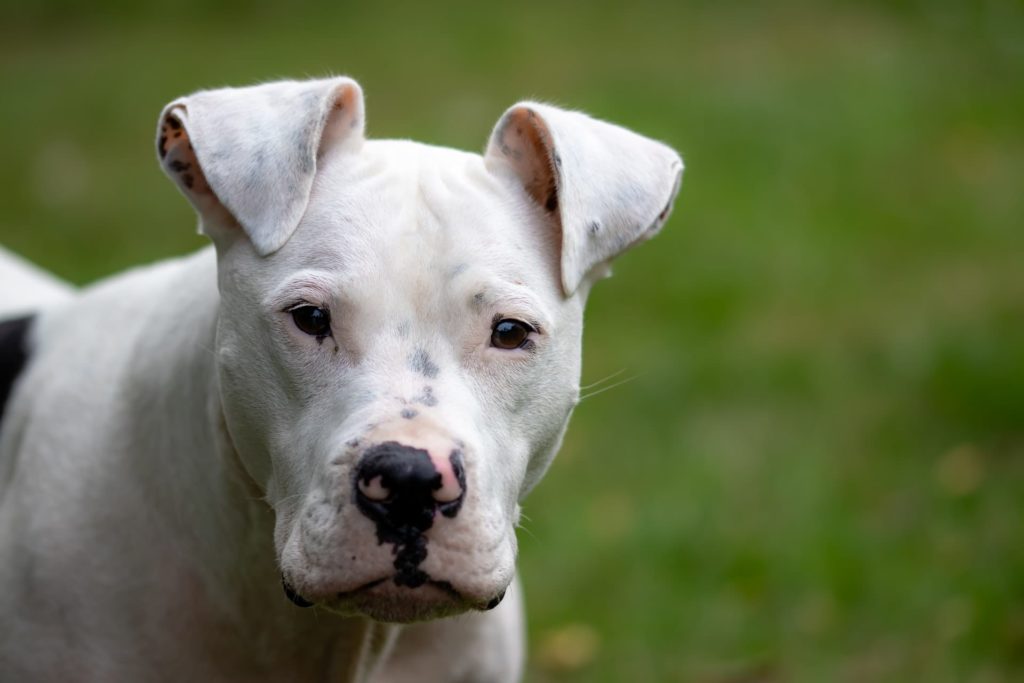
Conclusion
White Pitbulls are majestic and beautiful creatures with a powerful yet gentle appearance. They are sweet, protective, and filled with love for their pet parents. Despite their brutal past and origin story, these dogs are incredibly social and friendly and will become your best friends.
Featured Image Credit: Chris Anabalon, Shutterstock

